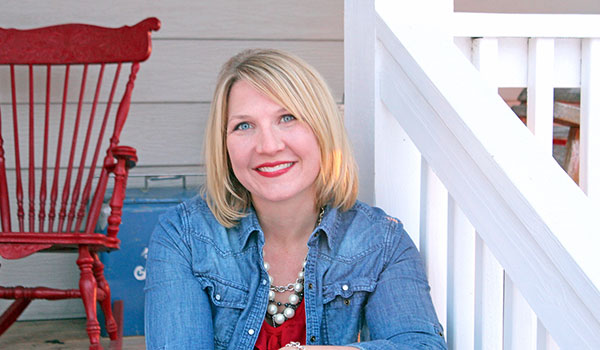
Foreword – Fall 2015
I needed to learn a few things.
As I prepared for this issue on the college’s efforts to protect our land and water resources, I knew I had more than a few things to learn.
The issues are complex. Information presented in the media or online can be confusing, to say the least, or subjective. So, I went where hundreds of thousands of Iowans go annually to get sound, scientific information. I went to Iowa State University Extension and Outreach.
I watched videos. I read articles. I attended field days. (I love a good field day.) I discovered farmers, literally in my backyard, who were doing more to protect our state’s natural resources than I ever imagined. My neighbor has a working bioreactor and shared his experiences at a recent field day. Landowners just across the section from our acreage installed a wetland I had unknowingly driven by countless times.
As I reviewed stories, I learned about the role of cover crops in holding soil and water in place. I learned how bioreactors convert nitrate into a harmless gas (page 30). I learned how “field plumbing” diverts water through saturated riparian buffers (page 24) where it isn’t filtered, but rather processed by microorganisms and plant roots reducing nitrate. I was reminded that soil and water quality have been active research priorities of Iowa State University for decades like work at the long-standing Gilmore City research site (page 19) or through the efforts of experts like Tom Kaspar (page 22).
We’ve touched on Iowa State’s work in water quality and soil health often over the years in STORIES, but this issue is a chance to really dig in (pun intended) to the research currently underway that is informing landowners, farmers and policymakers in Iowa and beyond.
I encourage you to learn more, just as I did. (It’s one of the things I enjoy most about my job.) A good place to start would be to take a 24-minute lesson on the soil nitrogen cycle, drainage and nitrate loss from CALS faculty members Matt Helmers and Mike Castellano. They’ll help you get down to the science behind what’s happening in Iowa’s land and water. See page 16 to learn more.
When you put down this issue, I hope you’ll agree with CALS alum Dean Lemke (page 34), who’s worked in environmental stewardship in Iowa for more than 40 years, who says, “Iowa enjoys the best-understood science on how to achieve agriculture’s water quality goals of any state in the country.”
Kind regards,
Melea Reicks Licht



